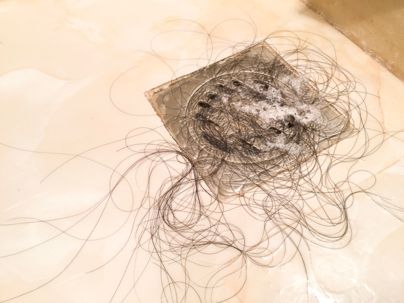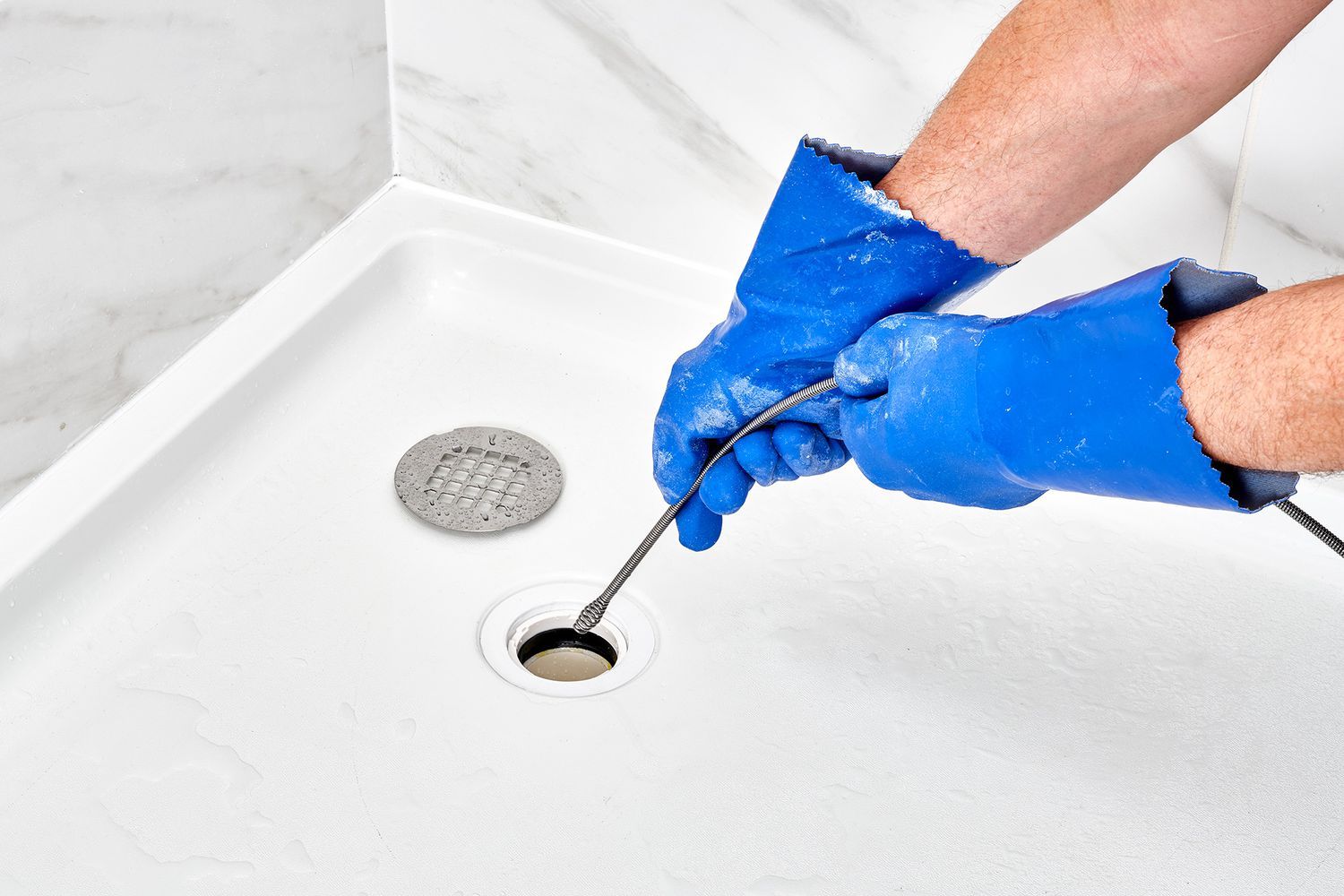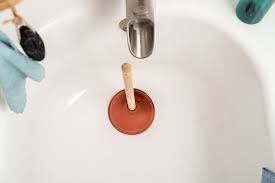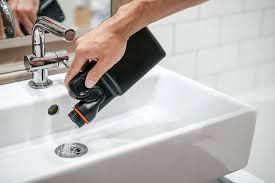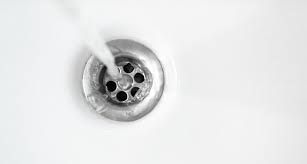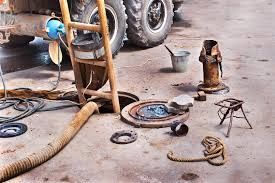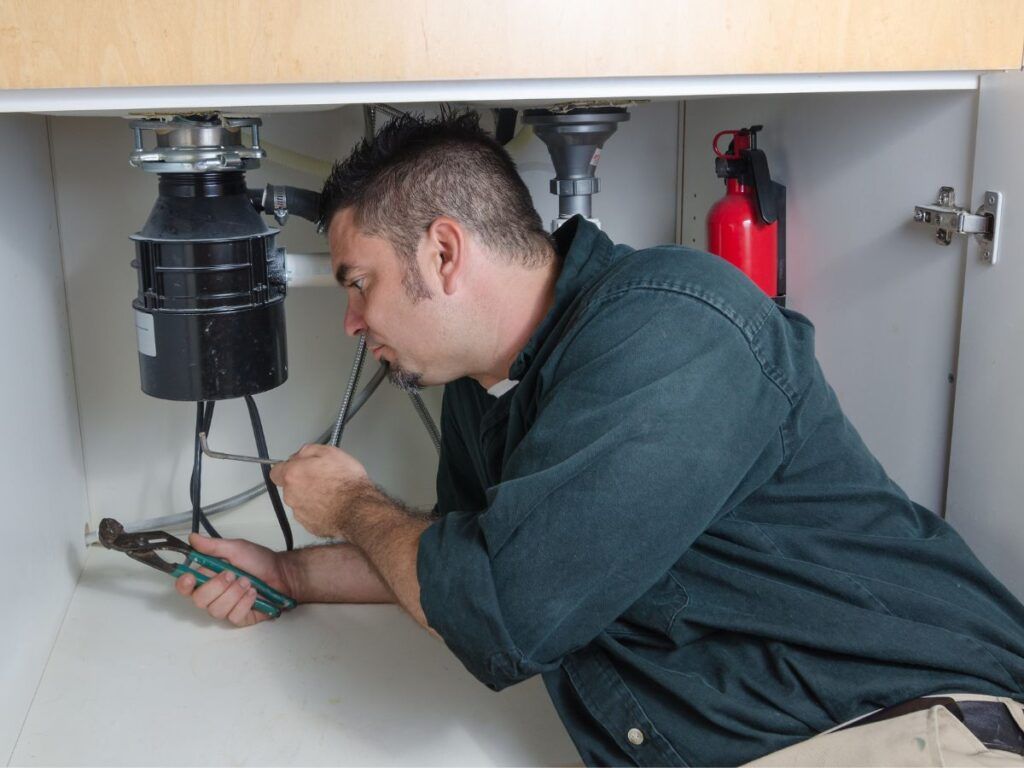What Temperature Should Your Water Heater Be Set At?
It’s one of those settings in your home you probably haven’t thought about—until your shower is either scalding hot or disappointingly lukewarm. The temperature on your water heater might seem like a minor detail, but it has a big impact on your comfort, your wallet, and even your health.
So, what temperature should your water heater actually be set at?
Spoiler alert: there isn’t a one-size-fits-all answer. The “right” temperature depends on your household needs, your risk tolerance for bacteria like Legionella, your energy-saving goals, and even the age of your plumbing system. Let’s break it all down in simple terms and help you find the sweet spot that keeps your showers steamy, your bills low, and your family safe.
Most Experts Recommend 120°F — But It’s Not That Simple
Ask any plumber or energy expert, and they’ll likely tell you the Department of Energy recommends setting your water heater to 120°F (49°C). Why? Because it strikes a balance between safety, energy efficiency, and practicality. It’s hot enough to keep bacteria at bay but not so hot that it risks burning your skin in seconds.
At this setting, you reduce the chances of scalding injuries (especially important if you have children or elderly family members), and you also cut down on standby heat loss—the energy your heater wastes by keeping water hot even when you’re not using it.
But while 120°F is a great baseline, it might not be ideal for everyone. The right temperature can vary depending on your home’s specific needs, so let’s explore what can affect that decision.
If You Have a Large Household, You Might Need a Higher Setting
The more people using hot water in your home, the more likely you are to run out—especially during peak times like early morning or late evening. If multiple showers, loads of laundry, and dishes are competing for hot water, a setting of 130°F to 140°F might be necessary to keep up with demand.
However, once you go above 120°F, you enter a territory where scalding becomes a real risk. At 140°F, it only takes 5 seconds for water to cause serious burns. That’s why, if you do raise the temperature, consider installing anti-scald valves or thermostatic mixing valves at your faucets and showerheads to protect users from sudden spikes.
Older Adults, Children, and Infants Are at Higher Risk of Burns
Temperature sensitivity varies greatly with age. Elderly individuals and small children often have thinner skin and slower reaction times, which means they can suffer burns at lower temperatures and may not react quickly enough to escape scalding water.
In homes where young children or older adults are present, keeping your water heater at 120°F or even slightly lower is usually the safer route. If you want hotter water for specific tasks like dishwashing or laundry, using localized heat boosters can help you avoid raising the whole system’s temperature.
Lower Temperatures Save Energy but May Invite Bacteria Growth
One of the most compelling reasons to keep your water heater at or below 120°F is energy savings. According to the U.S. Department of Energy, lowering your water temperature from 140°F to 120°F can reduce your energy bills by 6% to 10% annually.
However, here’s where it gets tricky: Legionella bacteria—which causes a type of pneumonia called Legionnaires’ disease—thrives in stagnant water between 95°F and 115°F. If your water heater is consistently on the lower end, and especially if water sits in unused pipes for long periods, there’s a small but real risk of bacterial contamination.
To reduce this risk while still conserving energy, experts recommend flushing your water heater every 6–12 months and avoiding long periods of disuse without flushing the pipes.
Tankless Water Heaters Give You More Control
If you’re using a traditional tank-style water heater, adjusting the temperature can feel like an all-or-nothing decision. But tankless water heaters, also known as on-demand heaters, give you precise control over output temperature for different tasks.
For example, you can set a higher temperature for dishwashing but dial it back for handwashing and showering. This flexibility allows for a more customized and safer water heating system. Many modern tankless heaters even come with smartphone controls and smart-home integration for effortless adjustments.
Seasonal Changes May Call for Minor Adjustments
Your water heater doesn’t live in a vacuum. In colder months, the incoming water is significantly chillier, which means your heater has to work harder to bring it up to the desired temperature. This can make 120°F feel more like 105°F on your skin.
During winter, some homeowners temporarily bump up their heater to 125°F to compensate for the cold incoming water. Just remember to bring it back down when spring arrives to avoid wasting energy or risking scalding during warmer seasons.
Signs Your Water Heater Temperature Needs Adjusting
Your Hot Water Runs Out Too Quickly
If you're consistently running out of hot water halfway through a shower or before the dishwasher finishes, your water heater might be set too low or may not be performing efficiently at its current setting.
Your Water Feels Too Hot or Too Cold
If the water feels scalding the moment it comes out of the tap—or barely warm at all—that's a clear red flag. The thermostat might be set incorrectly, or the heater may be struggling to regulate temperature consistently.
You Notice a Sudden Spike in Your Energy Bill
An unusually high utility bill without any changes in water usage could mean your heater is set too high, forcing it to overwork and waste energy to maintain that temperature.
Appliances Aren’t Cleaning Properly
If your dishwasher or washing machine isn’t performing as expected—leaving dishes greasy or clothes less fresh—your hot water may not be hot enough to activate detergents effectively.
There’s Visible Scaling on Fixtures and Faucets
Hard water buildup or white, chalky residue around showerheads and faucets can indicate overly hot water, which accelerates mineral scaling and can damage plumbing over time.
You’ve Had Changes in Household Needs
If you've recently had a new baby, someone elderly move in, or your family size has changed, your water heater’s temperature needs might have shifted. Keeping the same setting could be less than ideal.
How to Safely Adjust Your Water Heater Temperature
If you’re ready to take control of your heater setting, the process is usually straightforward but requires caution. For electric water heaters, you’ll need to turn off the power at the breaker before removing the panel and adjusting the thermostat with a screwdriver. For gas heaters, the thermostat dial is often located near the base of the tank.
After making the change, wait a few hours and test your tap water with a thermometer to confirm the new temperature. Make gradual adjustments if necessary. If you're unsure or uncomfortable with the process, it's always safest to call a licensed plumber.
Preventive Maintenance Matters Just as Much as the Right Temperature
Even the best temperature setting won't help if your water heater is struggling due to neglect. Sediment buildup, rust, and corrosion inside the tank can interfere with heating efficiency and safety.
Once or twice a year, flush your tank to remove mineral deposits, inspect for leaks, and test the pressure relief valve. Regular maintenance ensures your chosen temperature actually reaches your faucets effectively and safely.
Conclusion: Finding Your Home’s Perfect Water Temperature is a Game-Changer
At first glance, adjusting your water heater temperature might seem like a trivial detail. But once you understand the chain reaction it sets off—impacting energy use, safety, appliance longevity, and even your health—it becomes clear how crucial this small setting really is.
If you’re not sure where to start, try 120°F as your baseline and adjust based on how your household responds. Consider your family members, your appliances, and your comfort preferences. And remember: when in doubt, ask a professional for personalized guidance.
Because sometimes, the path to a more comfortable, efficient, and safer home starts with something as simple as turning a dial.
